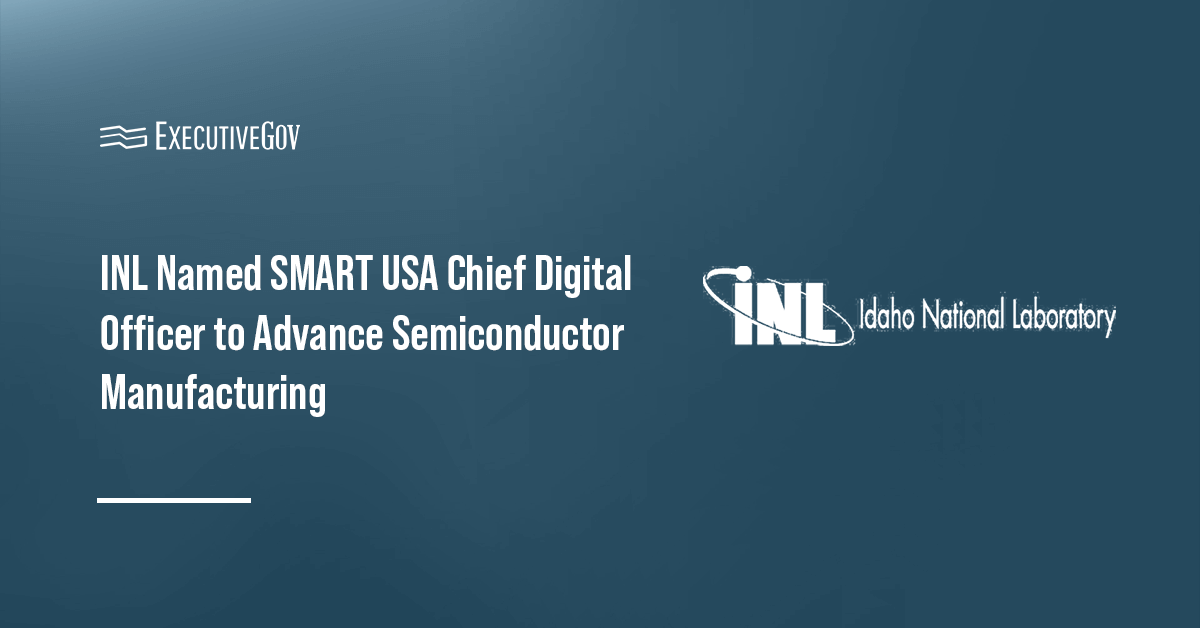The Department of Energy’s Idaho National Laboratory will serve as the chief digital officer for the Semiconductor Manufacturing and Advanced Research with Twins USA Institute, or SMART USA.
The partnership with the Department of Energy will enable the SMART USA program to use the agency’s investments in high-performance computing to tackle the semiconductor industry’s toughest challenges by advancing American digital twin technology, building a digital backbone and applying it to the semiconductor supply chain to reduce the time and costs associated with chip design and production and boost domestic manufacturing competitiveness, INL said Monday.
SMART USA is a new Manufacturing USA Institute funded by the National Institute for Standards and Technology CHIPS for America program and led by Semiconductor Research Corporation Manufacturing Consortium Corp.
Table of Contents
INL — An Expert in Digital Twin Technology
According to Chris Ritter, INL’s division director of scientific computing and AI, the laboratory was selected as the chief digital officer for its vast expertise in digital twinning, high-performance computing, digital engineering, artificial intelligence and advanced manufacturing. In the said role, INL will be responsible for “developing tools and methodologies to provide agile responses to supply chain disruptions, ensuring continuous and efficient semiconductor production,” he added.
The lab has already applied digital twin technology in key areas, including nuclear operations, energy systems, advanced materials, fuel cycles and cyber-physical security.
Addressing a Shortage of Skilled Workers
In addition to leading SMART USA efforts, INL will also oversee the Rocky Mountain region’s Digital Innovation Semiconductor Centers. INL will collaborate with universities and companies, including Micron and Texas Instruments, to build a skilled semiconductor workforce.
“We are thrilled to embark on this exciting partnership with Idaho National Lab,” said Todd Younkin, executive director of SMART USA. “INL’s pioneering work in digital twins, which integrate physical assets with computational capabilities, is set to revolutionize semiconductor manufacturing.”





